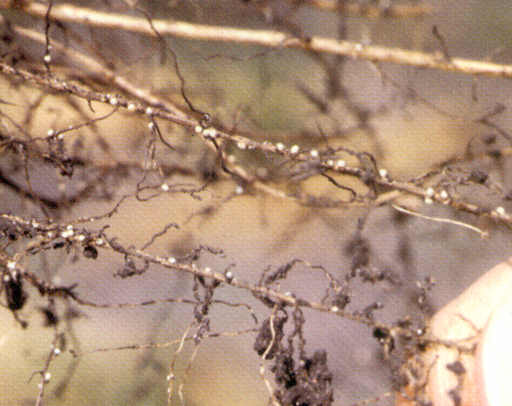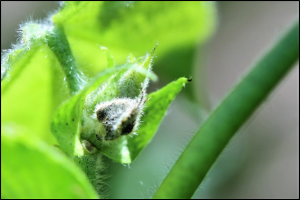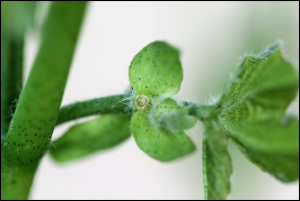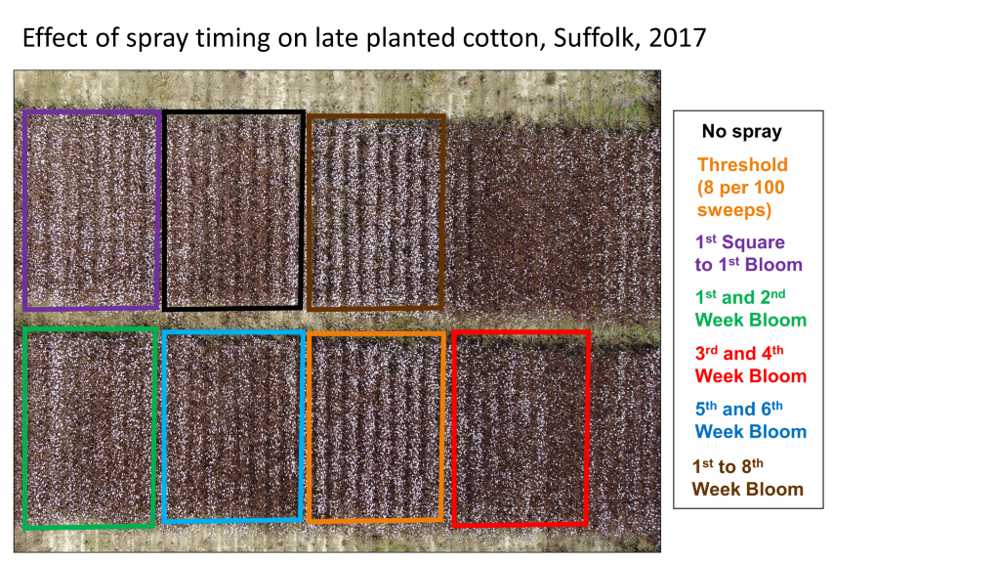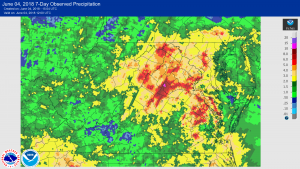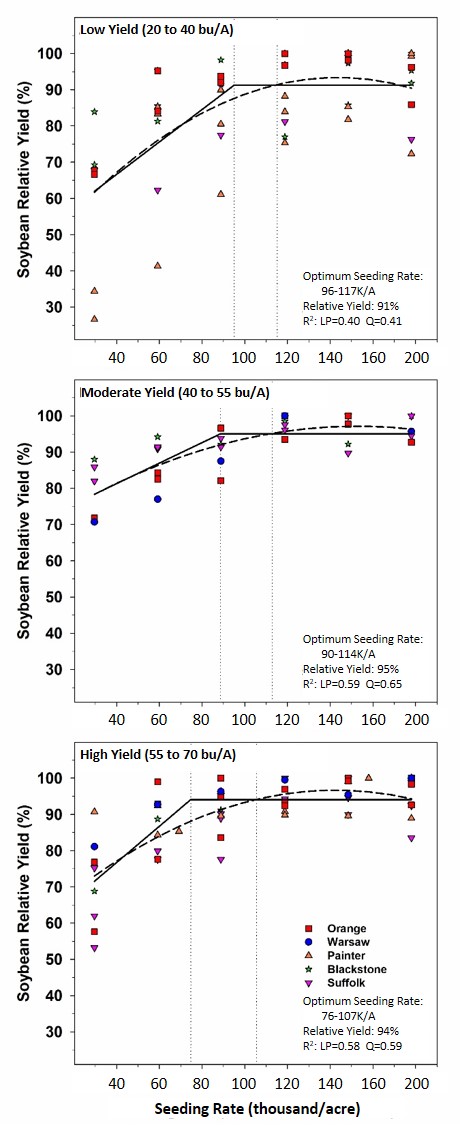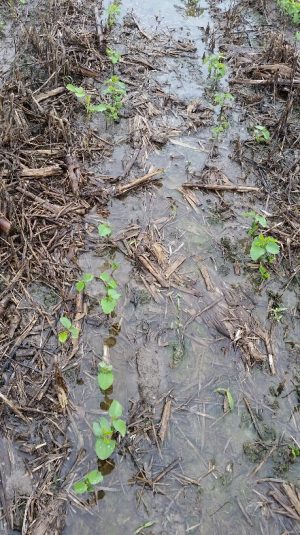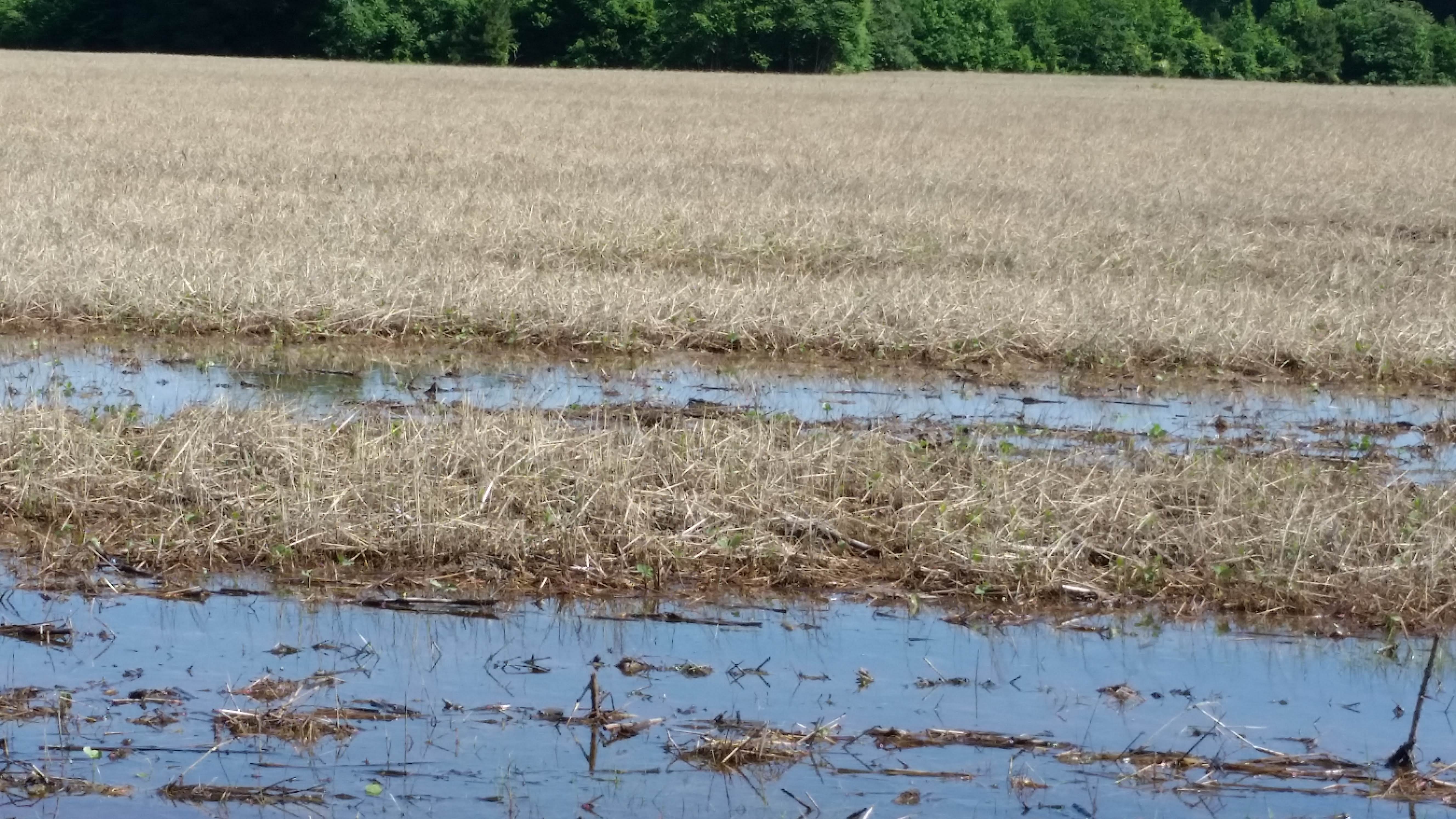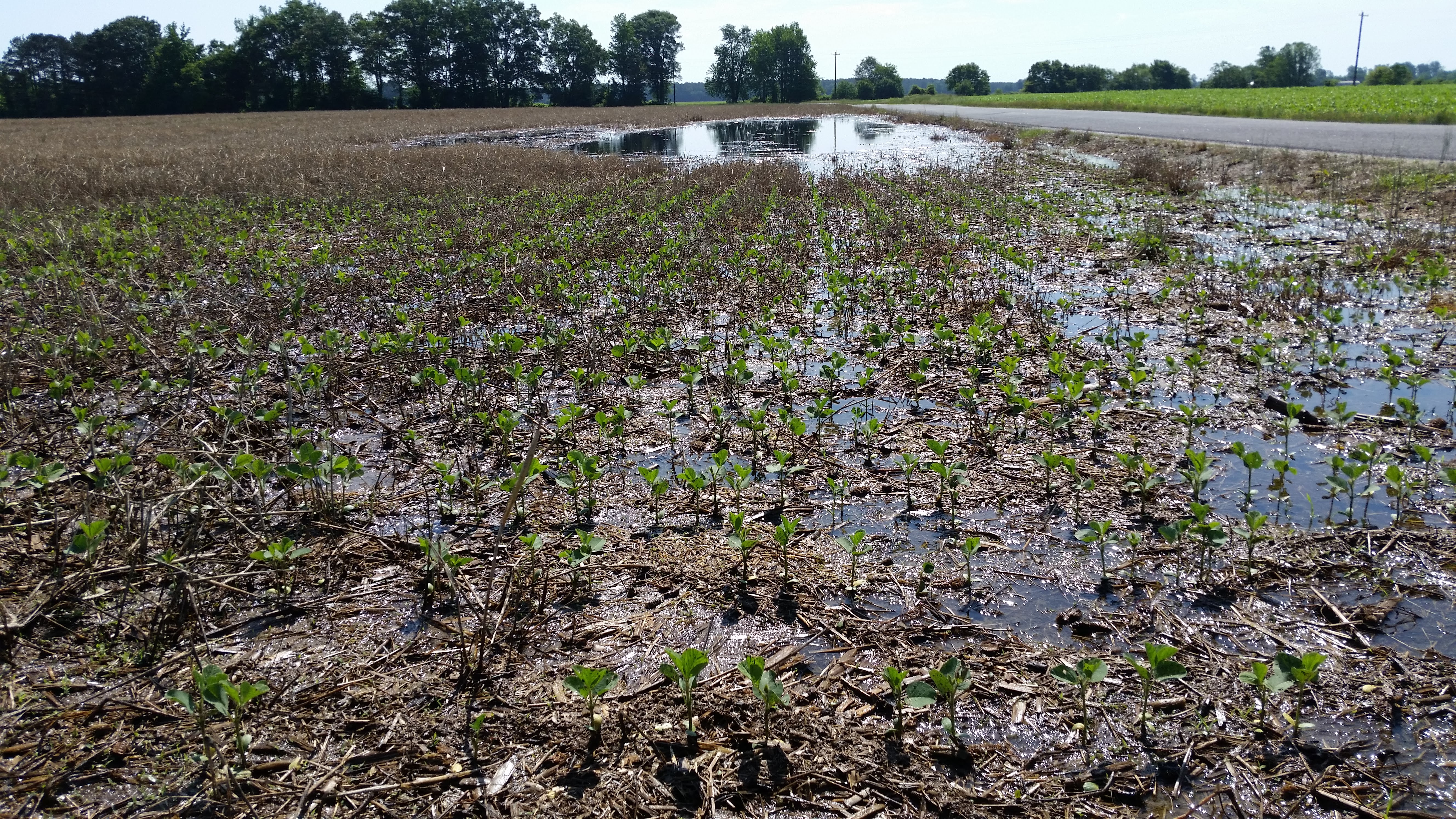Especially with all the wet weather we have been having in much of the region, it is time to start thinking about peanut diseases. We do not typically see a lot of disease until the canopy closes, but once the vines are touching the environment within the canopy becomes favorable for disease development. Leaf spot programs should be applied beginning at early beginning pod then according to a calendar-based (usually 14 day intervals) or advisory based program. The leaf spot advisory for Virginia can be found at https://webipm.ento.vt.edu/cgi-bin/infonet1.cgi. Some keys to a successful leaf spot fungicide program include:
- Make the first application at the appropriate time (not too late).
- Apply fungicides regularly before leaf spot outbreaks are observed (once disease is present it is difficult to slow down the epidemic).
- Stick to a regular calendar-based program or utilize leaf spot advisories.
- Be mindful of fungicide resistance management (rotate chemistries and/or tank mix with chlorothalonil).
- Scout for soil-borne diseases and utilize fungicides with activity against both leaf spot and other target diseases (e.g. for both late leaf spot and southern stem rot control use a product such as Provost, Elatus, Priaxor, etc.).
Data are currently being collected to improve both leaf spot and Sclerotinia advisories and to develop a southern stem rot fungicide advisory for peanut. This is being conducted through the Peanut iPiPE program. The Integrated Pest Information Platform for Extension and Education (iPiPE) is a program that allows farmers and extension agents to share information with each other through the internet. iPiPE works by allowing users to enter pest data such as presence and severity of diseases or insects. This data will be shared with everyone in an effort to create a more precise system of pest monitoring and management. The Plant Pathology program at the Virginia Tech Tidewater AREC is leading the Peanut iPiPE and using it to improve disease advisories based on observations of disease onset in peanut fields throughout the region. Two undergraduate interns are currently scouting for peanut diseases in the region, and they will enter disease observations into the iPiPE database.
Disease and pest observations can be easily uploaded to the database through a mobile phone app or the online platform. We are encouraging anyone who scouts peanuts to help us collect disease observations. To become a participant, you can request an iPiPE account by visiting the iPiPE platform (http://www.ipipe.org/). Detailed information on the iPiPE platform and a user guide for the mobile app can be downloaded below. Alternatively, you can email disease observations to Dr. Hillary Mehl (hlmehl@vt.edu). In addition, if you are located in southeastern Virginia or northeastern North Carolina and are interested in having your peanut crop scouted for diseases by our iPiPE interns, please contact us.
Peanut iPiPE Stakeholder Card 2018
For more information or questions regarding the Peanut iPiPE contact Dr. Hillary Mehl (hlmehl@vt.edu).

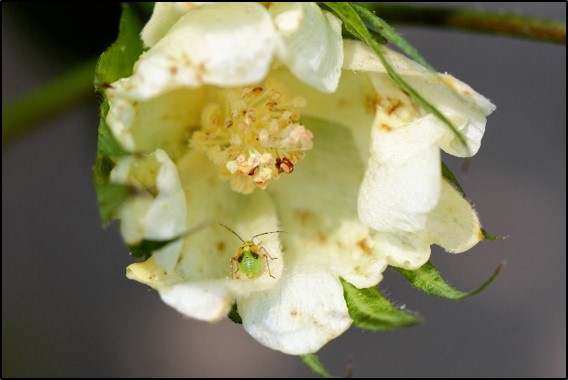
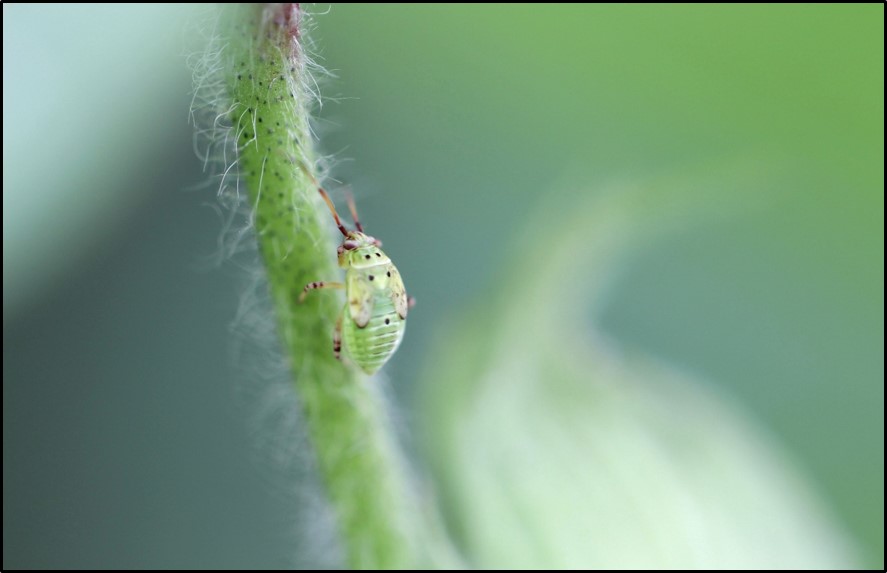
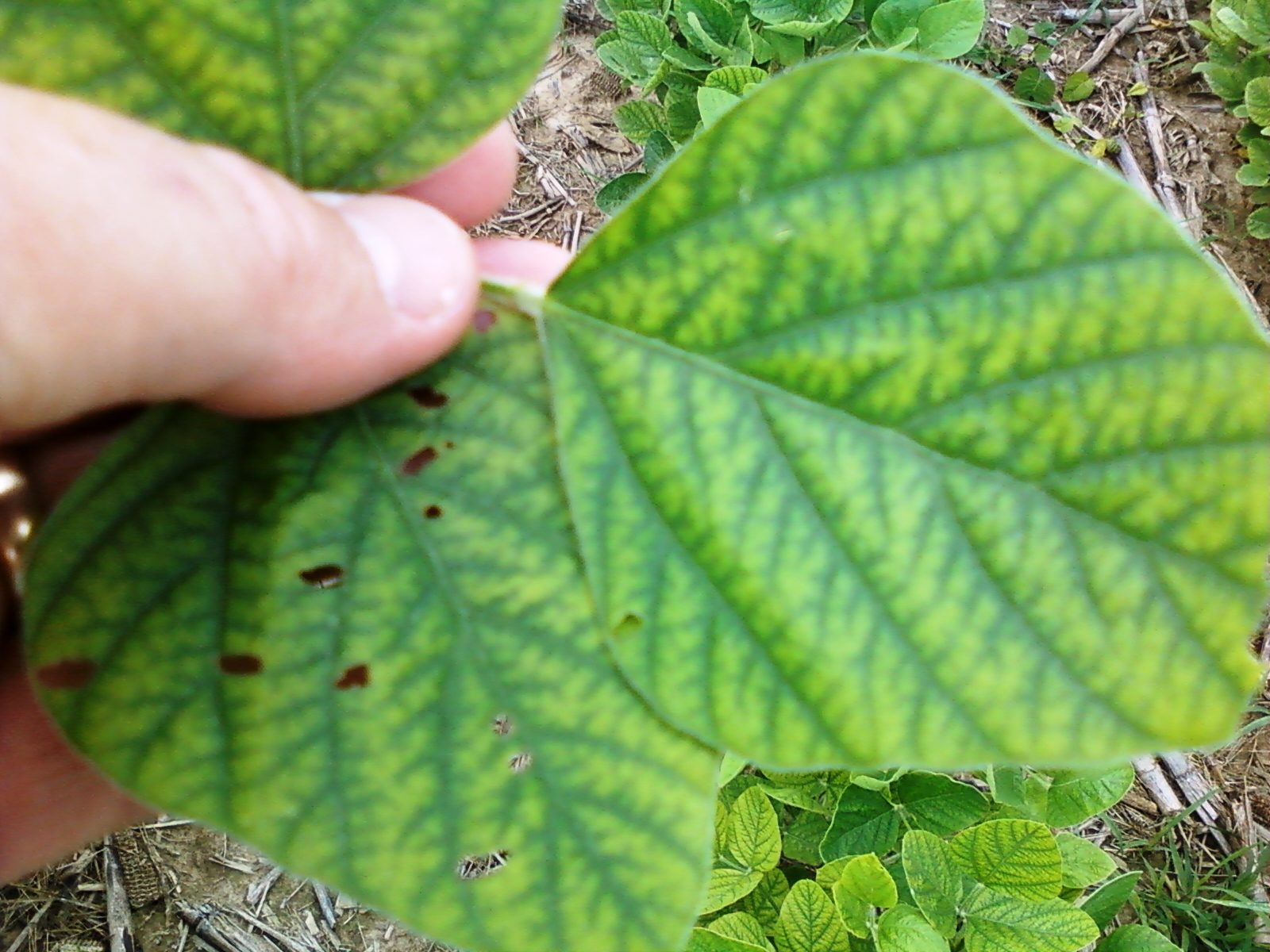 This may distinguish Mn deficiency from magnesium (Mg) deficiency. Magnesium deficiency symptoms will usually appear on the lower leaves while the upper leaves remain green. Still, I’ve seen Mn deficiency on the lower to middle leaves. This usually happens when the field has not been checked in a while and the observer missed the symptoms when they were on the younger leaves.
This may distinguish Mn deficiency from magnesium (Mg) deficiency. Magnesium deficiency symptoms will usually appear on the lower leaves while the upper leaves remain green. Still, I’ve seen Mn deficiency on the lower to middle leaves. This usually happens when the field has not been checked in a while and the observer missed the symptoms when they were on the younger leaves.